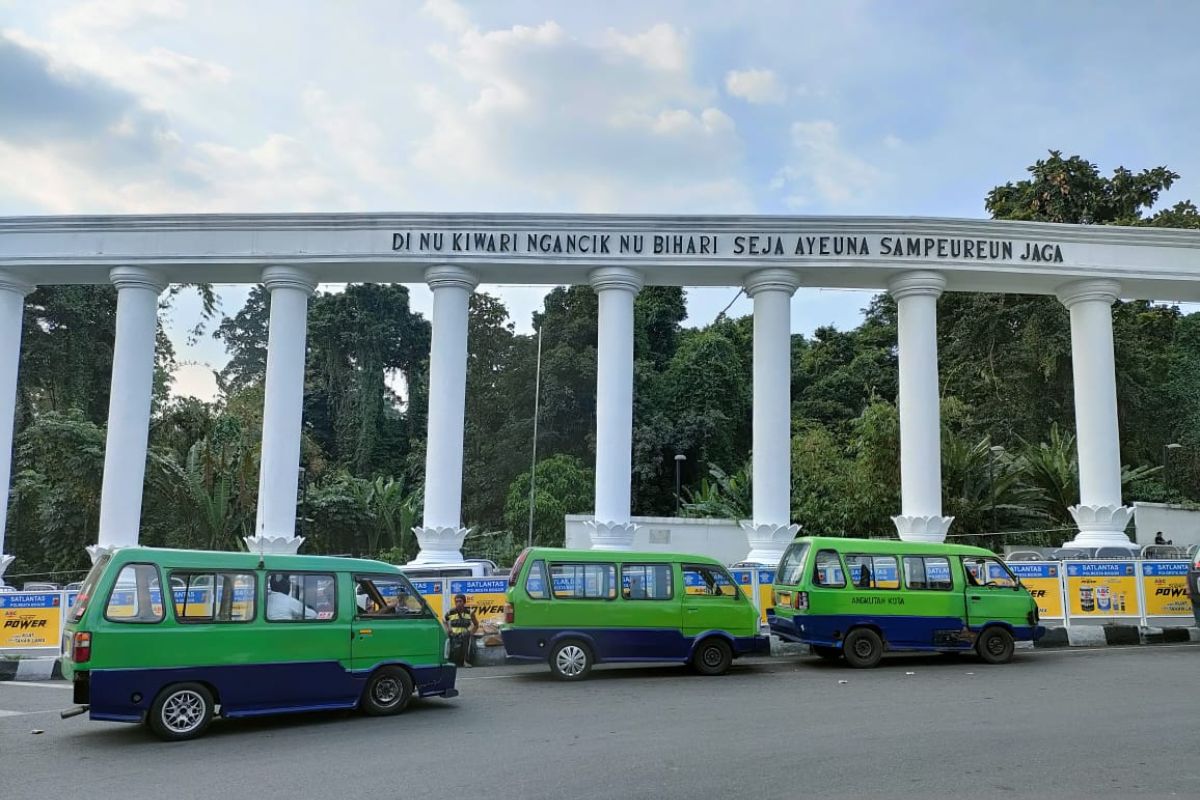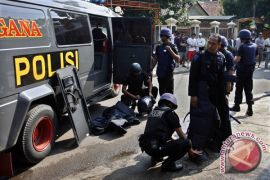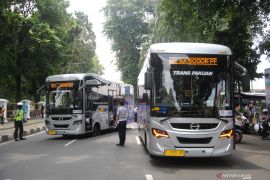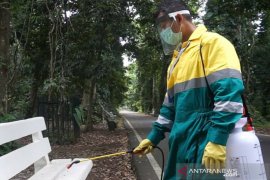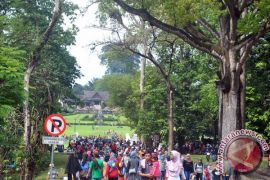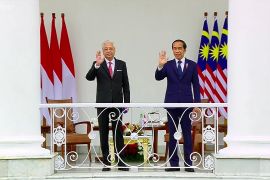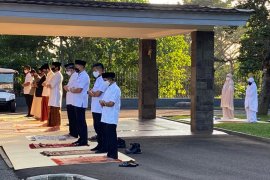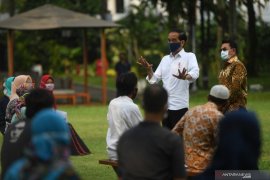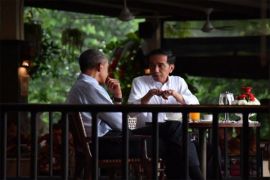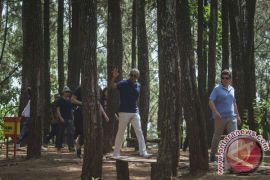This is because the Bogor city center is home to both the Bogor Presidential Palace and the Bogor Botanical Gardens, which have been famous since the time of the first Indonesian President Soekarno.
The city is famous as a resting place given its cool weather, which offers a contrast to polluted Jakarta.
The city of Bogor, which is often referred to as a buffer for Jakarta, has developed rapidly, with a corresponding increase in the number of vehicles plying its roads.
The city’s mayors have often faced challenges in handling traffic while being constrained by a lack of understanding among motorists, street traders, and the general public about maintaining traffic order.
However, the Bogor city government has continued to put efforts into improving the road infrastructure and other transportation facilities.
When President Joko Widodo (Jokowi) and his family chose to live at the Bogor Palace in 2015, Bogor Mayor Bima Arya Sugiarto enthusiastically welcomed them, saying that it would be an honor to monitor the development of the city where the President would live.
Sugiarto said he would prioritize improving the city’s traffic flow, and raised the “Bogor Lancar” or “Smooth Bogor” slogan.
At the time, Sugiarto was well aware that managing transportation would not be easy. Based on the latest data from the West Java provincial government, the number of owned vehicles in Bogor city increased from 379,724 in 2013 to 462,030 in 2021.
Another significant increase occurred in the number of motorcycles and auto motorcycles, which rose from 310,097 to 359,716.
The rise in the number of motorized vehicles was triggered by the city's population growth, which reached 1,052,359 in 2021, according to Statistics Indonesia (BPS).
Meanwhile, daily public mobility on various modes of transportation inside and outside the city was estimated at 200 thousand people.
Building road infrastructure
To tackle traffic jams, the Bogor city administration first concentrated on improving road conditions, including by revitalizing some pedestrian paths to prevent street traders from using them, which had long disrupted traffic order.
The policy of restoring the use of pavements also came with the plantation of green plants and trees on the roadside, as well as the laying of a small lane for cyclists.
As a result, in recent years, the traffic of pedestrians and vehicles has not been disrupted by street traders, especially on protocol roads such as Pajajaran Main Road, Otista Street, Ir. H. Djuanda Street, which surround Bogor Palace, Bogor Botanical Gardens, Bogor Market, and the Suryakencana Area.
This feat has been possible due to the city government's cooperation with the Bogor City Police to implement a one-way system (SSA) on those streets. This has not only allowed President Widodo and the Paspampers (Presidential Security Force) to leave and return smoothly, but the public has also felt the improvement in traffic congestion, especially in the city center.
However, a number of obstacles still exist, such as the narrowing road section on the Otista Bridge that often leaves vehicles stuck.
Hence, the Bogor city government has proposed a Rp52.5-billion budget for the bridge’s widening to the West Java provincial government and carried out land acquisition for the purpose.
Furthermore, the local government has paid attention to residents living at the borders, where the plan for building Regional Ring Road (R3) in Katulampa village is already under process and will be included in the development budget in 2023.
The administration has also initiated the construction of the 4.5 km-long Ring Road (R2) in the North Bogor sub-district area for which Rp150 billion is needed for land acquisition.
Traffic management
The Bogor city government has continued to collaborate with the central government and the private sector to manage city transportation facilities and infrastructure to break congestion spots and reduce the number of small buses (angkot), as many angkots are no longer considered roadworthy.
Since 2021, the city government has welcomed the "Biskita Trans Pakuan" bus service that is being subsidized by the Transportation Ministry through the Greater Jakarta (Jabodetabek) Transportation Management Agency (BPTJ).
Until now, 147 angkots have been converted into 49 Biskita Trans Pakuan buses that serve four corridors, traveling from the city center to the outskirts.
The conversion program is expected to cut the number of angkots operating in the city to 3,432 by 2024.
In addition, operational permits have been revoked for 1,010 angkots that were 20 years old and had not been refurbished by their owners.
The city has also continued to push the BPTJ to revitalize the Baranangsiang Terminal to help organize the province's intercity transportation (AKDP).
BPTJ is also reportedly exploring public-private partnership to manage the Baranangsiang Terminal.
On a larger scale, Bogor city is waiting for the Greater Jakarta LRT operations that will serve Jakarta, Cibubur, and Bogor.
Planning for future
In December 2021, during a year-end talk, Mayor Sugiarto, accompanied by Deputy Mayor Rachim, emphasized the importance of preparing the city's tourism and service industry ahead of the transfer of the national capital from Jakarta to East Kalimantan.
On average, hotel occupancy in this rainy city relies on the activities of ministries and agencies. Therefore, the city needs to equip itself by hosting more regional or even international events.
Public transportation modes such as “Biskita Trans Pakuan” and the Greater Jakarta LRT that travel through thematic villages are expected to foster economic equality throughout regions and reduce the number of vehicles entering the city.
Related news: Bogor Botanical Garden's Orchid Park renovated for preservation
Related news: President wants Bogor botanical garden more attractive
Editor: Rahmad Nasution
Copyright © ANTARA 2022
